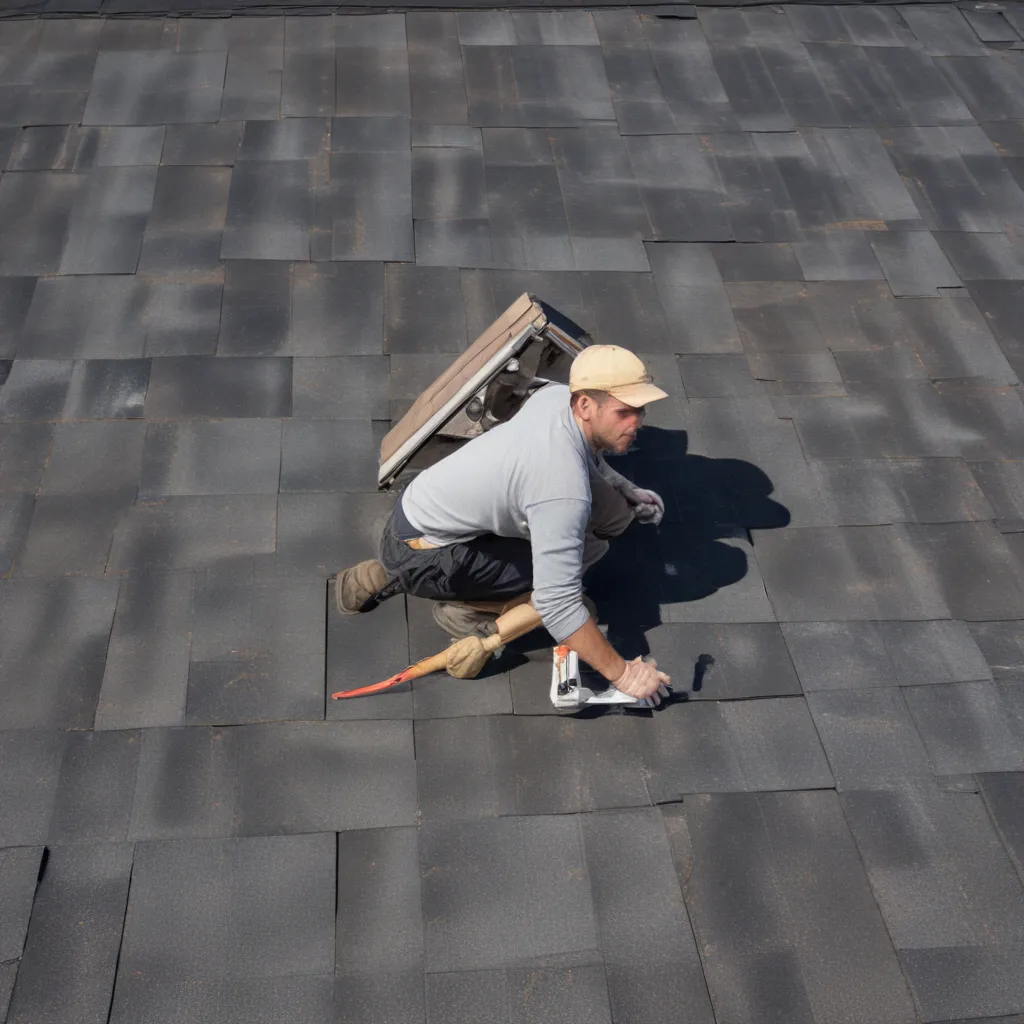
The roof is the unsung hero of your home, shielding your most valuable assets from the elements while enhancing your property’s aesthetic appeal. Maintaining this critical structure, however, is often an overlooked aspect of homeownership. Roof inspection routines are the key to ensuring your roof’s longevity and optimum performance, protecting your investment and your family.
Importance of Roof Maintenance
A well-designed and properly maintained roof is the first line of defense against the ravages of weather, from torrential rains to howling winds. Proactive roof maintenance offers a multitude of benefits, including:
- Increased Lifespan: Regular inspections and timely repairs can extend the lifespan of your roof by up to 50%, saving you from the cost and hassle of premature replacement.
- Improved Energy Efficiency: Properly maintained roofs, equipped with the right underlayment and ventilation, can significantly enhance a home’s energy efficiency, reducing heating and cooling costs.
- Enhanced Curb Appeal: A well-maintained roof contributes to the overall aesthetic appeal of your home, boosting its market value and making a lasting impression on potential buyers.
- Preventive Measures: Routine inspections and maintenance allow you to identify and address minor issues before they escalate into major, costly problems, such as leaks or structural damage.
Neglecting your roof can lead to a wide range of issues, from water infiltration and mold growth to premature deterioration of roofing materials. Addressing these problems early through comprehensive inspection routines is crucial for preserving the integrity and longevity of your roofing system.
Key Elements of Roof Inspection
Establishing a consistent roof inspection routine is the foundation for maintaining your home’s protective shield. The key elements of this process include:
Inspection Frequency and Timing
Biannual inspections, conducted in the spring and fall, are recommended to ensure your roof is prepared for the changing seasons. Additionally, it’s essential to inspect your roof after any major weather event, such as a severe storm, to identify and address any immediate concerns.
Inspection Checklist and Evaluation Criteria
A thorough inspection should cover various aspects of your roofing system, including the shingles, flashing, gutters, ventilation, and attic space. Evaluating the condition of these elements against industry standards and manufacturer recommendations will help you determine the overall health of your roof and identify potential issues.
Roof Inspection Methods
Roof inspections can be carried out using a combination of visual techniques and advanced technologies, each providing valuable insights into the condition of your roofing system.
Visual Inspection Techniques
A visual inspection conducted by a qualified roofing professional is the foundation of any comprehensive roof evaluation. This involves a careful examination of the roof’s surface, looking for signs of wear, such as cracked, curled, or missing shingles, as well as any signs of water damage or pest infestations.
Advanced Inspection Technologies
In addition to visual inspections, new technologies, such as infrared thermography and drone-based imaging, can provide a more detailed assessment of your roof’s condition. These advanced methods can detect hidden issues, such as moisture intrusion or insulation deficiencies, that may not be visible to the naked eye.
Roof Repair and Improvement Strategies
Once the inspection process has identified any issues or areas for improvement, the next step is to implement appropriate repair and enhancement strategies to ensure your roof’s long-term performance.
Identifying and Addressing Roof Defects
Prompt attention to roof defects, such as cracked sealants, damaged flashing, or leaking valleys, is essential to prevent further deterioration and water damage. A qualified roofing contractor can provide the necessary repairs to restore your roof’s integrity.
Enhancing Roof Performance and Longevity
In addition to repairs, there may be opportunities to improve your roof’s overall performance and longevity. This could involve upgrading the underlayment, optimizing attic ventilation, or installing energy-efficient roofing materials, such as metal roofs or cool roofs, which can significantly enhance your home’s energy efficiency.
Roof Maintenance Planning and Documentation
Developing a comprehensive roof maintenance plan and maintaining detailed records are essential for ensuring the long-term health of your roofing system.
Developing a Comprehensive Roof Maintenance Plan
A well-crafted maintenance plan should include regular inspection schedules, recommended repair and improvement strategies, and a timeline for any necessary replacements. This plan should be tailored to the specific needs of your roof and the local climate.
Recordkeeping and Trend Analysis
Maintaining detailed records of your roof’s condition, repair history, and maintenance activities can provide valuable insights for future decision-making. Analyzing these records can help you identify trends, anticipate future needs, and make informed choices about the right time to replace your roof.
Regulatory Compliance and Industry Standards
Adhering to building codes and industry best practices is crucial for ensuring the safety and longevity of your roofing system. A qualified roofing contractor can ensure that all work performed on your roof meets or exceeds these standards.
Adherence to Building Codes and Regulations
Local building codes and regulations often specify requirements for roofing materials, installation methods, and ventilation systems. Compliance with these standards not only safeguards your investment but also ensures the overall structural integrity of your home.
Industry Best Practices for Roof Maintenance
Industry organizations, such as the Asphalt Roofing Manufacturers Association (ARMA) and the National Roofing Contractors Association (NRCA), have established comprehensive guidelines and best practices for roof maintenance and repair. Following these recommendations can help you maximize the performance and lifespan of your roofing system.
In conclusion, a proactive approach to roof inspection and maintenance is the key to ensuring the long-term reliability and performance of your roofing system. By implementing a comprehensive inspection routine, addressing identified issues promptly, and adhering to industry standards, you can protect your home, enhance its energy efficiency, and safeguard your investment for years to come. Genuine Roof Systems is committed to providing exceptional roofing solutions and guidance to help you maintain the integrity of your home’s most crucial component.

























